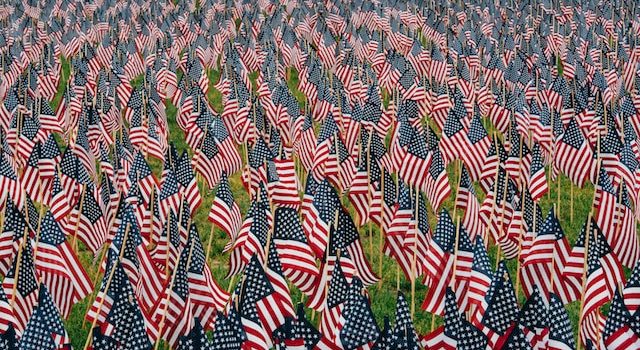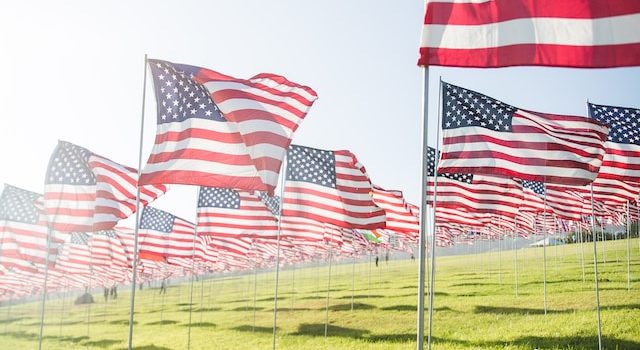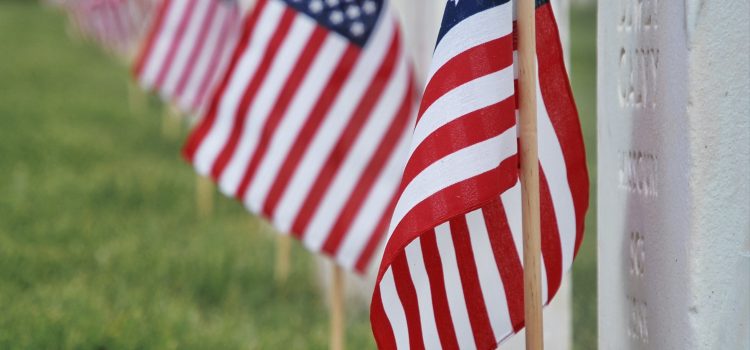
Introduction:
Memorial Day is a cherished holiday in the United States, dedicated to honoring the men and women who have bravely served in the military and made the ultimate sacrifice for their country. In this article, we will delve into the origins and evolution of Memorial Day, exploring the historical significance and the enduring traditions that make this day a poignant reminder of the lives we’ve lost.
Origins of Memorial Day:
The roots of Memorial Day can be traced back to the aftermath of the American Civil War. The devastating conflict claimed the lives of thousands of soldiers, leaving behind a nation grieving and searching for a way to honor their sacrifice. Various communities and states began organizing remembrance ceremonies and paying tribute to fallen soldiers by decorating their graves.
Decoration Day:
The earliest precursor to Memorial Day was known as Decoration Day. On May 30, 1868, General John A. Logan, the national commander of the Grand Army of the Republic, declared this day as a time for the nation to decorate the graves of Union soldiers with flowers. The date was carefully chosen to avoid any anniversaries of major battles, allowing for a day solely dedicated to honoring the fallen.
Evolution into Memorial Day:
Over time, Decoration Day transitioned into what we now know as Memorial Day. As the nation faced new conflicts, such as World War I and World War II, the observance expanded to include honoring all American military personnel who had lost their lives in service. In 1971, Memorial Day officially became a federal holiday observed on the last Monday in May, providing a dedicated day for remembrance.
Traditions and Commemorations:
Memorial Day is marked by several enduring traditions and commemorations that pay tribute to the lives lost in service. The practice of flying the American flag at half-staff until noon symbolizes mourning, followed by raising it to full-staff as a symbol of resilience and remembrance. Parades, ceremonies, and memorial services are held nationwide, bringing communities together to honor the fallen.
Visiting cemeteries and memorials is another integral part of Memorial Day. Many individuals and families take the opportunity to decorate gravesites with flowers, flags, and other mementos, creating a solemn and respectful atmosphere. The National Memorial Day Concert, held in Washington, D.C., and the “Ride for Freedom” motorcycle rally are notable events that honor the fallen and raise awareness of their sacrifices.
A Day of Reflection and Gratitude:
As we observe Memorial Day, it is crucial to reflect on the significance of this solemn occasion. It is a time to remember the bravery, valor, and selflessness of those who gave their lives in service to their country. It is also a moment to express gratitude for the freedoms we enjoy today and to acknowledge the ongoing dedication and sacrifices made by military personnel and their families.
Conclusion:
Memorial Day serves as a poignant reminder of the lives we’ve lost and the debt of gratitude we owe to those who have served in the military. From its humble beginnings as Decoration Day to its current status as a federal holiday, Memorial Day has evolved into a cherished tradition in American culture. As we participate in parades, visit memorials, and pay our respects, let us remember the true essence of Memorial Day: a day of remembrance, reflection, and gratitude for the heroes who have made the ultimate sacrifice.

















